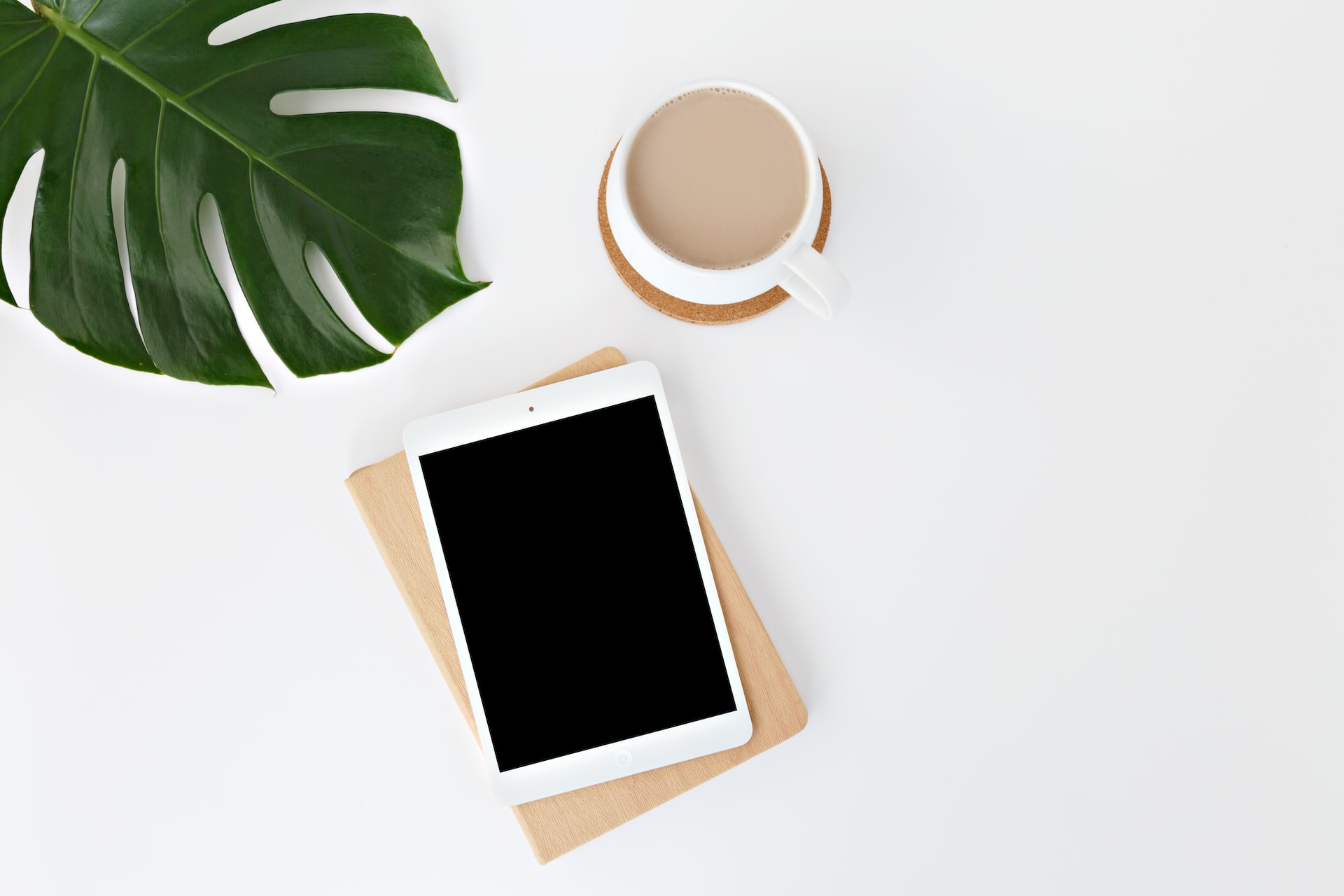Flat design: advantages and disadvantages
Flat design is one of the trends in design, which implies the use of a minimalist approach. In this case, the elements will be flat, close to the schematic, in addition, there are no visual effects or detailing.
This type of design emerged in 2010 and by 2014 gained popularity, which remains at a high level even now. The opposite style is skeuomorphism, which is characterized by a detailed structure, the elements in it not only have the volume but also shadows. However, this approach at some point became boring for users, and they wanted simplicity.
In most cases, flat design is used to develop interfaces, thanks to it you can easily adapt the structure of the product for different devices. In addition, the absence of visual effects, and the minimum number of elements provide an opportunity to quickly load the page, which is important for mobile phones.
The flat design approach is also used to create logos. Bulky and pretentious symbols have long been considered obsolete, now brands prefer brevity. In addition to logos, this type of design has spread even to the creation of illustrations. Two-dimensional images, accompanied by a small test, perfectly complement the site, and they look much more attractive than bulky 3D images.

Features of the flat design approach:
- The absence of a large number of additional effects. In this case, all elements and images lie in a single plane, and no shadows or highlights are used.
- All objects have clear features and boundaries, their image as much as possible resembles a schematic.
- Color contrasts as an alternative to visual elements. They help to separate one detail from another without additional effects.
- Attention to typography – the emphasis on fonts, spacing, and other elements that will help highlight the main details.
- Adaptability to different mobile devices. The page will display equally clearly on a PC as well as a smartphone or smartwatch. In this case, it is important that each element clearly displays on both the large and small screen.
- Speed of page loading. With flat graphics, elements load quickly because there are no elements that weigh a lot.
Despite the many advantages of flat design, this approach may not always be relevant. Alternatively, you can complement the design with some minimalistic elements and generally make the design more voluminous.
Flat design is ideal if you need to emphasize the text, so it becomes more readable. In addition, this approach simplifies the navigation, and users will like it.
However, this design direction also has its disadvantages. In this case, it is easy to overdo it, and the design will be dull and faded. In addition, when all the elements are flat, it is difficult to figure out which one is clickable.
